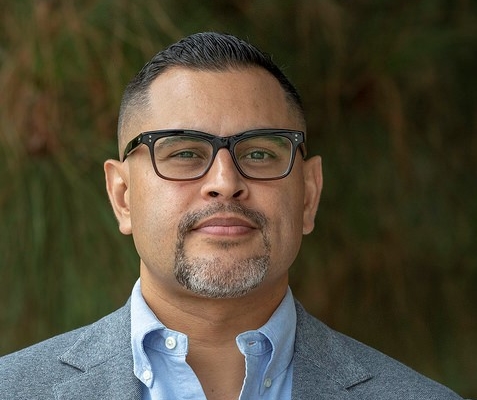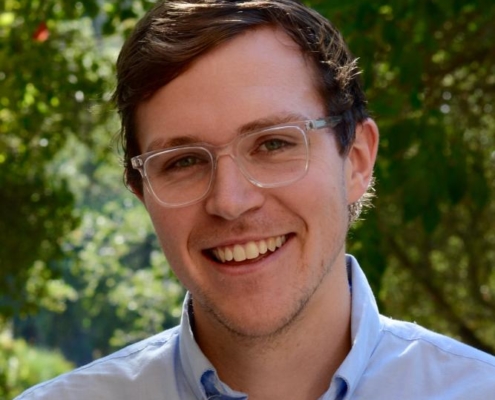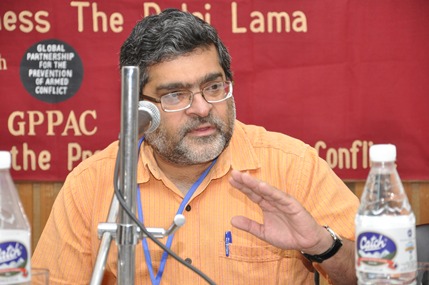Posts

The Trump Paradox – w author Raúl Hinojosa (video)
The Trump Paradox: Migration, Trade, and Racial Politics…

Trash Talk: Anti-Obama Lore and Race in the 21st Century – Video
"Trash Talk: Anti-Obama Lore and Race in the Twenty-First…

LPPI Shines at the Congressional Hispanic Caucus Institute Conference
by Alise Brillault UCLA LPPI experts and policy fellows were…

LA Social Science Rising Scholars Series Featuring Graduate Students in the UCLA Race, Ethnicity, Politics, and Society Lab
LA Social Science visits the UCLA Race, Ethnicity, Politics…

LA Social Science 2021 Summer Course Previews: Introduction to American Indian Studies with Professor Bordeaux
As summer 2021 approaches, LA Social Science will be highlighting…

LA Social Science Book Series on Boundaries and Authority in Muslim and Christian Schools with Professor Jeffrey Guhin
In Dr. Jeffrey Guhin's book, Agents of God: Boundaries and…

UCLA Big Data and Politics Seminar Series Presents “Political Coalitions and Social Media: Evidence from Pakistan” on 3/19
UCLA Big Data and Politics Seminar Series
Political Coalitions…

LA Social Science Presents “Conversations with Changemakers” Featuring Dr. Efrén Pérez (Video)
As the Director of the UCLA Race, Ethnicity, Politics and…

Incoming UCLA Professor Examines if Vote-by-Mail Advantages Either Political Party
By Dan Thompson I am a PhD candidate in American politics…

The Singular and Sinister Exceptionality of the Coronavirus (COVID-19)
Professor Vinay Lal, UCLA Professor of History and Asian American…

